Omni-Channel Strategy: The Future of Ecommerce
France ended 2014 with nearly 160,000 active commercial sites. This surge of 20% compare to 2013 shows that brands have every reason to stay on top of digital competition. The Federation of Ecommerce and Distance Selling (FEVAD) attests that 2015 will be full of new trends.
A booming market
According to Médiamétrie, 63% of French Internet users have purchased online during the 4th quarter of 2014. That being so an increase of 3 percent over 1 year.
Add to that the explosion of mobile. Smartphones, tablets, and laptops are all technologies that are changing our consumer habits. In fact, two thirds of the French population now owns a smartphone, 79% use their smartphones for activities related to online purchases, and 70% of consumers connect online from the store.
The message is clear! With consumers connecting at any time and place, brands should be able to propose a satisfactory shopping experience both online and offline.
A new strategy: the omni-channel
In recent years we have noticed a change in consumer behaviour in the way they purchase. Web-to-store behaviour is an example. Consumers look for information on the Internet before going to the store to purchase. To answer this, brands are now developing omni-channel strategies.
Omni-channel retailing aims to integrate all channels to ease the consumer experience. Customers will have the choice of when, where, and especially how to buy products! Find his favourite store on the couch, in the subway or access the same data sheets on the internet from the store, that's an omni-channel strategy.
To continue closing gaps between off and online, various techniques have been proposed. Here are some concrete examples of technologies to learn from:
Augmented reality e-commerce service
The process of augmented reality is one tool that provides the ability for retailers to actually invite the consumer.
Lately, it's the famous Swedish furniture brand, IKEA. Each year, IKEA distributes its traditional catalogue in mail box. This time, through this paper tool and thanks to smartphones and tablets, consumers could view products in their homes.
Augmented reality makes it possible to position any object in your home environment. This process is also a way to respond to showrooming, whereby a consumer looks at products in a shop to evaluate, before buying it online at a better price.
The fitting room becomes virtual
One of the main obstacles to buying online, particularly in fashion, is the inability to see the product.
To remedy this, online shops increasingly offer product views from all angles zoom and model shape, or pictures of the clothing worn by models with different morphologies.
Enter the virtual dressing room, where models style the clothing in videos. Superdry offers such videos for its own items, allowing customers to see the product "in action".
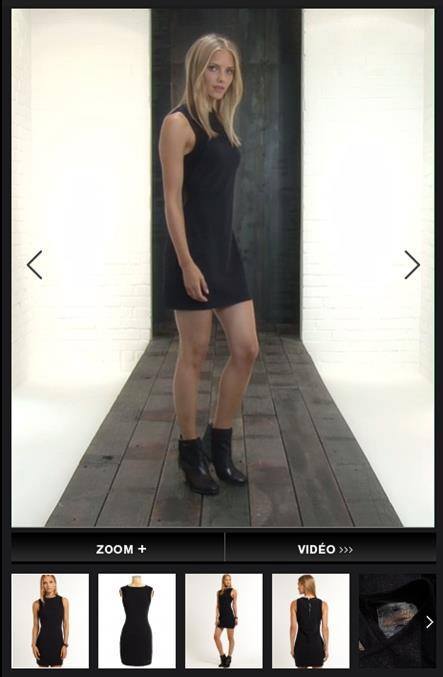
Source: www.superdry.com
Research shows that this item display reduces product returns, suggesting that it is a tactic worth investment.
The iBeacons: to closely monitor
There are many other technologies to consider for retailers. Like making available tablet directly in the store or RFID tags. Among them, we can talk about iBeacons.
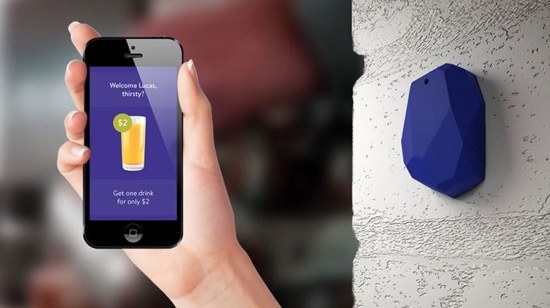
Source: www.ibeacon.com
The iBeacon is in the form of a rock in which is embedded a beacon. Its technology is used to send information such as promotions on smartphones detected nearby.
In the US, 26 McDonald’s franchises tested the iBeacon technology, and found it. This is a great success! During the four weeks of testing, sales of certain sandwiches increased by 7%.
The Rubenshuis museum in Antwerp, Belgium, has also used this technology. The idea is to make it an entertaining and creative tour. Throughout, the visitor will receive different push notifications to learn more about each masterpiece or to play a quiz.
Technology is developing at great speed, so it is important for brands to keep up. However, the offend of physical stores is not signed. Through this article we can see that the digital is considered as a complementary tool to the consumer experience.
Subina Siddiqi.
|
|
Subina Siddiqi. Subina worked for 3 years in the French media as a communications officer where she specialised in public relations. In 2014, she decided to move to England in a digital marketing agency in order to become an expert in online communication. Visit my LinkedIn profile - You wish to be published on my blog? This way! |


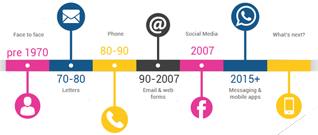




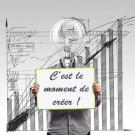



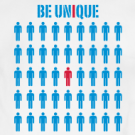








 Français
Français English
English